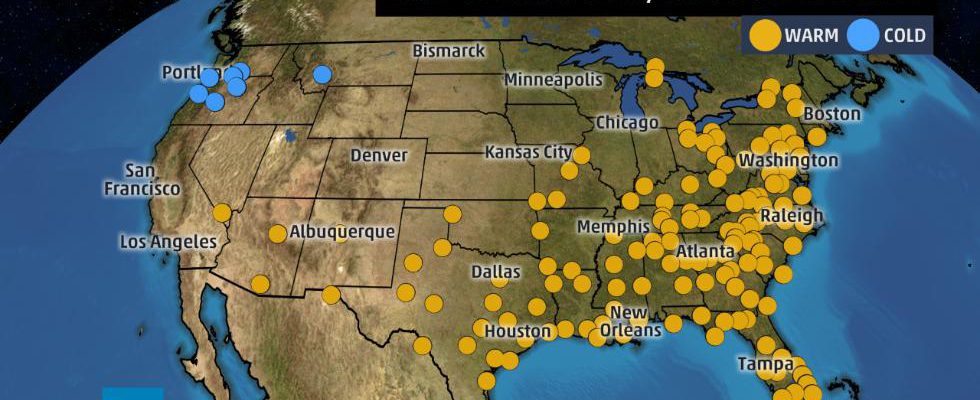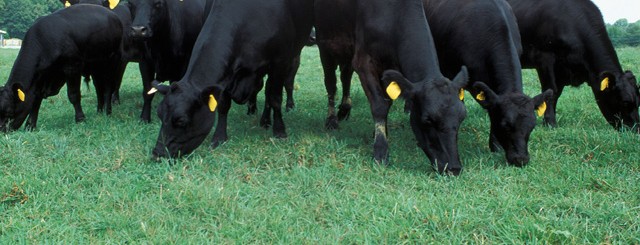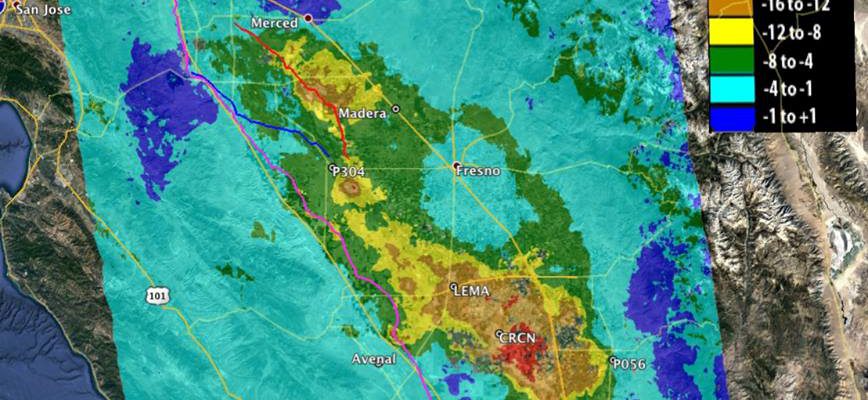Climate and Ag in the news
-

The State Climate Office of North Carolina has an interesting blog post this morning by Corey Davis on the importance of CoCoRaHS observations to documenting extreme events. And North Carolina has had quite a few this year! Remember, this is March Madness for CoCoRaHS, so if you are interested in becoming an observer, you can…
-

One of my Facebook friends posted a link today to this 2010 OxFam study of the impacts of changing climate on agriculture in Ethopia. Upon skimming it, I was amazed at the detailed analyses the authors made of several different crops and how they are affected by currently observed trends in climate as well as…
-

One of the unexpected side effects of this warm winter has been its impact on beef prices. With such nice weather, more people are grilling outdoors, and that means sales of steak and hamburger are booming. This is great news for cattle producers, since the increased demand has kept prices fairly high. You can read…
-

Weather Underground‘s blog provided an interesting overview of the 2016-17 winter that ended last week. Their analysis showed that most of the eastern US experienced top-five warmest years, including quite a few in the Southeast, while a few stations in the Pacific Northwest felt top-five coldest conditions. California not surprisingly had one of its five…
-

Drovers’ Newsletter posted a short article this morning on resources related to drought planning that are available for cattle grazers. They include how to make a drought plan in advance of experiencing drought conditions and what to do once you are in a drought. You can read it here.
-

While we’ve seen an early spring here in the Southeast, you may be wondering what is happening in other parts of the world. The Guardian posted a story this week that indicates the signs of an early spring have reached as far north as the coast of Greenland, where a variety of sedge is blooming…
Posted in: Climate and Ag in the news -

From NASA’s web page: “Since the 1920s, excessive pumping of groundwater in California’s San Joaquin Valley has caused land in sections of the valley to sink by as much as 28 feet (8.5 meters), a problem exacerbated during droughts, when farmers rely heavily on groundwater to sustain one of the most productive agricultural regions in…